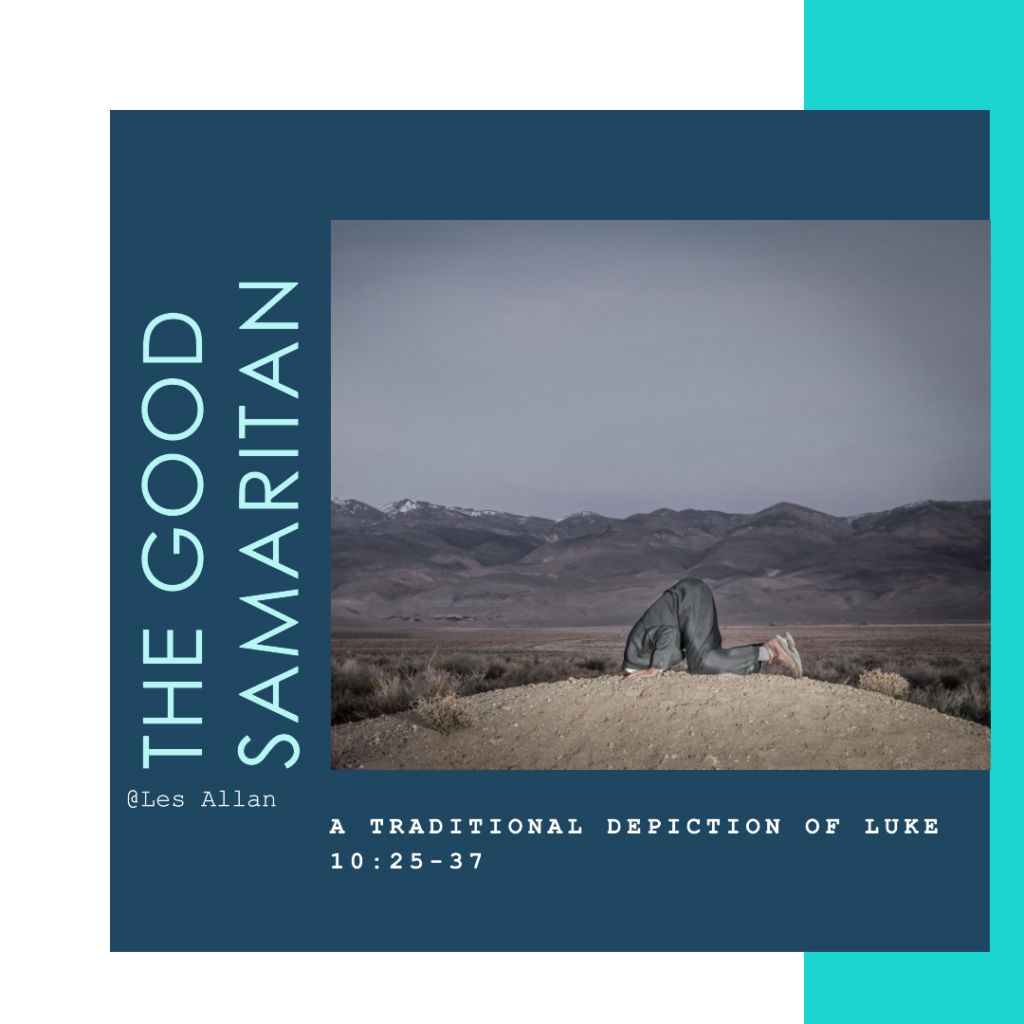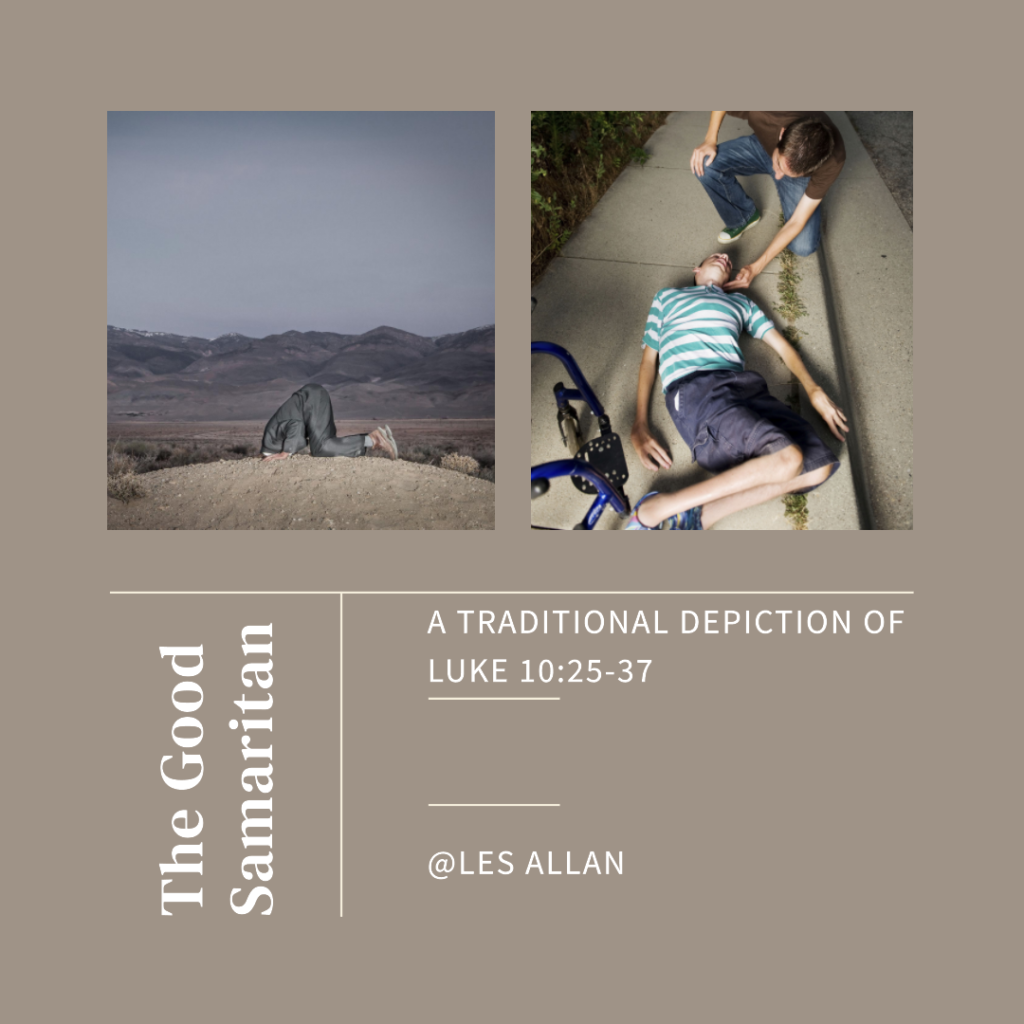Written By Lesallan

Ohio Christian University
BIB3510 Gospels: Luke (ONLF23)
Professor Daniel Rickett
September 7, 2023
Luke 9:28–36 and 10:25–37 (ESV) Detailed Analyses Discussion
After conducting an inductive Bible study on Luke 9:28-36 (ESV) and Luke 10:25-37 (ESV), I have identified the top three insights from each passage. These findings are significant and always warrant further exploration. I believe these insights are worthy of consideration for those seeking a deeper understanding of the Biblical text.
The first insight that Luke 9:28-36 (ESV) reveals is the glory and deity of Jesus Christ.
Jesus is transfigured before Peter, James, and John, and His face and clothes become dazzling white. He is joined by Moses and Elijah, who represent the Law and the Prophets, and they talk about his departure, which He was about to accomplish at Jerusalem (Luke 9:29-31, ESV). This joining shows that Jesus is the fulfillment of the Old Testament Scriptures and the Messiah who will suffer and die for the world’s sins. Jesus is also affirmed by the voice of God, the Father, who says, “This is my Son, my chosen One; listen to him!” (Luke 9:35, ESV). This affirmation echoes the words spoken at Jesus’ baptism (Luke 3:22, ESV) and confirms His identity and authority as the Son of God.
The second insight in this passage, Luke 9:28-36 (ESV), reveals the ignorance and weakness of the disciples.
They are sleepy and do not fully grasp what is happening on the mountain. Peter suggests making three tents for Jesus, Moses, and Elijah (Luke 9:33, ESV) as if they were equal in status and honor. He does not know what he is saying, as Luke comments. He also interrupts the conversation between Jesus and the two men, which may indicate his impetuousness and lack of reverence. The disciples are also afraid when they enter the cloud (Luke 9:34, ESV) that envelops them, which symbolizes the presence and glory of God. They do not understand the significance of Jesus’ departure or His resurrection, which He had already predicted to them (Luke 9:22, ESV).
The third insight is that this passage, Luke 9:28-36 (ESV), reveals the importance of listening to Jesus.
Jesus is the one whom God has chosen and sent to reveal His will and salvation to humanity. He is the one who has the words of eternal life (John 6:68, ESV). Jesus is the one who will suffer, die, and rise again to accomplish God’s plan of redemption. He is the one who will come again in glory to judge the living and the dead (Luke 9:26, ESV). Therefore, we should heed what He says and follow His commands. As one passage in Scripture says, “Long ago, at many times and in many ways, God spoke to our fathers by the prophets, but in these last days he has spoken to us by his Son, whom he appointed the heir of all things, through whom also he created the world” (Hebrews 1:1-2, ESV).
The first insight that Luke 10:25-37 (ESV) reveals is the challenge and scope of loving God and neighbor.
Jesus is asked by a lawyer what he must do to inherit eternal life, and Jesus responds by asking him what the Law says (Luke 10:25-26, ESV). The lawyer correctly summarizes the Law as loving God with all one’s being and loving one’s neighbor as oneself (Luke 10:27, ESV). Jesus commends him for his answer but also tells him to do this, and you will live (Luke 10:28, ESV), implying that it is not enough to know the Law but to obey it. The lawyer then asks who his neighbor is, hoping to limit his responsibility and justify himself (Luke 10:29, ESV). Jesus responds with the parable of the good Samaritan (Luke 10:30-36, ESV), which shows that one’s neighbor is anyone in need, regardless of ethnicity, religion, or status. The parable also shows that loving one’s neighbor involves showing mercy, compassion, and generosity, even at a personal cost. Jesus challenges the lawyer and us to go and do likewise (Luke 10:37, ESV), following the example of the Samaritan.
The second insight revealed in Luke 10:25-37 (ESV) is the contrast and irony of religious hypocrisy and true faith.
Jesus uses three characters in his parable to illustrate different responses to the man who was robbed and beaten on the road from Jerusalem to Jericho. The first two are a priest and a Levite, both religious leaders and experts in the Law (Luke 10:31-32, ESV). They both saw the man but passed by on the other side, avoiding any contact or help. They may have had various reasons for doing so, such as fear of being attacked, concern for ritual purity, or indifference to the man’s plight. However, their actions showed they did not love God, or their neighbor as the Law commanded. They were hypocrites who failed to practice what they preached. The third character is a Samaritan, a despised outsider and an enemy of the Jews. Unlike the others, he saw the man but had compassion for him (Luke 10:33, ESV). He went to him and cared for his wounds, putting him on his own donkey and taking him to an inn. He paid for his expenses and promised to return and check on him (Luke 10:34-35, ESV). He showed love for God and his neighbor practically and sacrificially. He was a true believer who demonstrated his faith through his works.
The third insight is that Luke 10:25-37 (ESV) reveals the connection and implication of Jesus’ identity and mission.
Jesus tells this parable in response to a question about eternal life related to who He is and what He came to do. He is the Son of God and the Messiah, who came to fulfill the Law and the Prophets (Luke 24:44, ESV). Jesus is also the ultimate good Samaritan, who came to seek and save the lost (Luke 19:10, ESV). He saw us in our sin and misery, but instead of passing by, He had compassion for us. Jesus came to us and healed our wounds with His own blood. He put us on His own cross and took us to His Father’s house. Jesus paid for our debt with His own life and promised to return for us. He showed us mercy and grace that we did not deserve. He gave us eternal life that we could not earn. He calls us to follow Him and imitate Him in loving God and our neighbor as He loved us (John 13:34-35, ESV).
Blessings,
Lesallan



